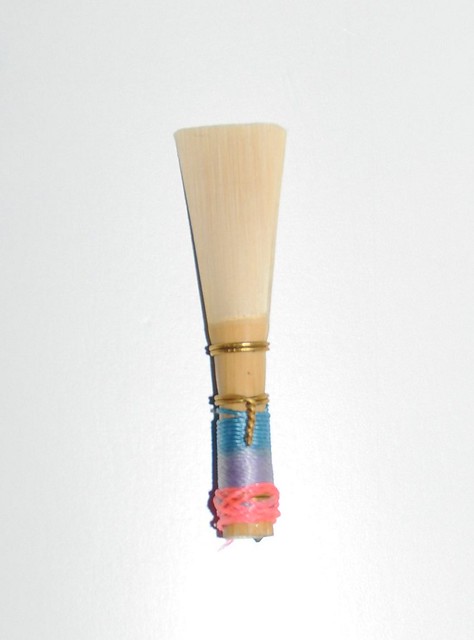Are you collecting musical instruments since you have this dream to learn to play as many instruments as you can? Well, you have an extremely unique goal in your life and if you are really determined to do it; you'll definitely reach it the end. All you need to do is to apply your patience and do it with proper timing. Each step must be taken one at a time. Do you already have a bassoon? Is it still functioning well or can you sense some problem for it can't achieve or hit perfect notes? The pitch is wobbling, isn't it? Your bassoon reed is probably a problem now. But, what really are bassoon reeds and how can you adjust them?
 |
| Bassoon Reed - Photo by sigurdga |
Bassoon reeds are important parts that make up your instrument and they are frequently made out of two pieces of thin wood and they must be made for good and satisfying performance. However, the natural variations of the materials and your personal technique in playing the instrument can greatly affect the overall sound produced by the reed. Sounds very right? Thus, a player's style of playing the bassoon and the reeds are among the two main reasons for these differences.
Proper adjustments of the bassoon reeds are really necessary because it will affect the way you play the instrument and if you don't know how, this article will reveal to you some important considerations in doing the adjustments. You need tools and a bit of trial and error in the process so you can determine the defect. Gather the tools first, such as plaque, knife, needle nose pliers, small flat file, mandrel, electronic tuner, and lastly the 35-400 grit sandpaper.
After you've completed those materials you need, moisten the reed and test by playing different notes. Be attentive in hearing the notes and note any problem. Then, adjust two wires with the use of pliers and clip the end of the reed to maintain it and so to increase the pitch if it is flat. Clipping of the reed will enhance the ability of playing high notes.
After which, put the plaque in between two halves of the reed and file down the back area of the reed for you to lessen the buzzing and shard effect of notes when played. End the process by doing again the testing. If you need more adjustments, consider an expert or search for more information online.
|

No comments:
Post a Comment